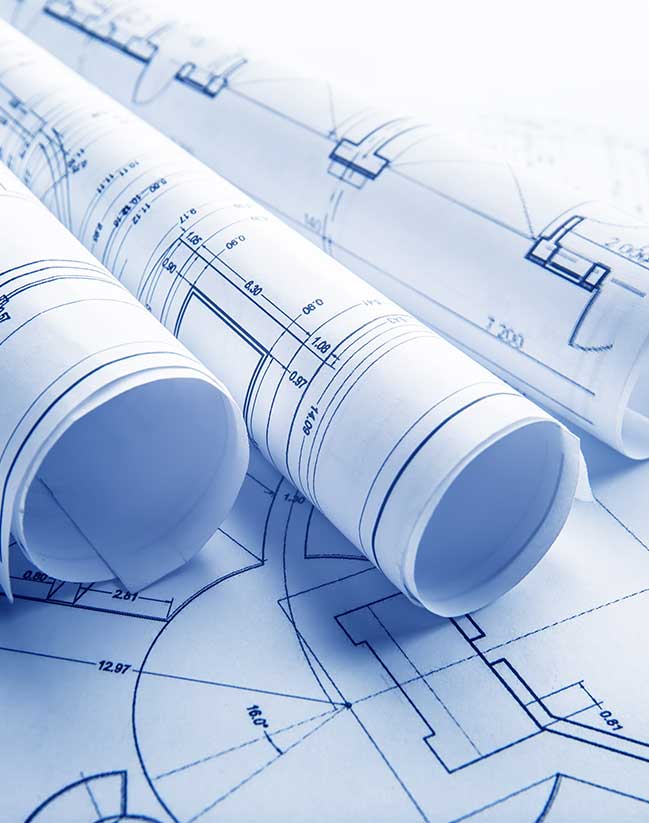As part of the Los Angeles soft-story retrofit program, the mayor has put together a Seismic Safety Task Force. The head of this task force is Dr. Lucy Jones of the U.S. Geological Survey. They compiled a 126-page report, after conducting a year-long investigation into the city’s most vulnerable areas from a major earthquake. The first sentence of the report should serve as a wakeup call to residents and property owners. “From a seismological standpoint, Northridge was not a big earthquake”. The report focuses on four main areas:
- Keeping residents safe and preventing loss of life.
- Improving the City’s capabilities of responding to earthquakes.
- Strengthening the City’s resilience in order to quickly recover after an earthquake.
- Protecting the City’s, and all of Southern California’s, economic processes.
The Seismic Safety Task Force includes professionals from multiple areas of expertise. Their goal was to investigate the current condition of many of the city’s structures, and emergency response protocols. Their report, Resilience by Design, includes their strategies and recommendations on three core areas they believe will help to reduce losses and improve responses after a major earthquake. Those three areas are:
- Retrofitting buildings and apartments that are vulnerable
- Upgrading the water system
- Improving the telecommunications system
Part 1: Strengthening buildings and apartment complexes
In 2015, the Los Angeles soft-story retrofit program was created. The city council approved two new ordinances that affect soft-story buildings and rolled out their mandatory program. The goal of this program is to save lives by ensuring that buildings throughout the city will be structurally safe in the case of a major seismic event. So what do these ordinances mean for you? This first ordinance identifies the type of buildings that must complete a mandatory earthquake retrofit under the Soft-Story Retrofit Program. These buildings include all of the following:
Ordinance 183893
• Wood-framed structures built before January 1, 1978
• Buildings with a ground floor that contain a parking, or other open space.
• Buildings with four or more residential units.
Ordinance 183893 also applies three different priority designations as follows:
Priority I – Buildings with 16 residential units or more.
Priority II – Buildings with three or more stories, but contain less than 16 units.
Priority III – All buildings not falling within Priority I or Priority II
ORDINANCE 184081
The second ordinance spells out the time frame for building owners to get the retrofit completed so they will be in compliance with the Soft-Story Retrofit Program. This time frame contains two parts, for owners that are updating their buildings and owners that plan on demolishing them:
• The owner should submit a structural analysis within two years for review and approval.
• Submit the analysis in order to show existing compliance.
• Submit a structural analysis that shows the proposed alterations to meet seismic retrofit requirements.
Plans for demolition of the building.
• Owners need to submit these plans within 3.5 years after receiving an order to comply, obtain any permits needed for demolition.
Most building owners should have received a notice to comply with the city. This gives you seven years after the date of this notice to complete construction or demolish the building.
If your building meets any of the following descriptions, you will need to retrofit it:
• If the property has “tuck-under” parking.
• If the property has “tuck-under” parking and has three, or more stories.
• If the property has “tuck-under” parking, has three, or more stories, and has more than three units.
Here is the important thing you need to know about Ordinance 183893 and 184081, they only apply to buildings with a wooden frame. If your building does not meet the above descriptions, then you do not need a retrofit. Buildings constructed from brick or ductile concrete are exempt from the Soft-Story Retrofit Program. Buildings with a wooden structure that meet one, or more, of the above descriptions, are weaker and therefore pose a higher risk for loss of life during an earthquake.
Part 2: Upgrading the water system
Running water is critical to the infrastructure of any metropolitan city. But the findings of the Seismic Safety Task Force were quite alarming. Most Southern California residents are aware of water main breaks that have occurred throughout the area. The Resilience by Design report looked at several key factors of the LA water system. According to the report, they found that 88% of the water supply would be gone in the event of a major earthquake. And that as the system stands now, it would take as long as six months to repair.
Without any running water, it would be difficult, if not impossible, for the city to fight potential fires. The recommendations of the task force are to implement alternative firefighting water systems, increase the capacity for water storage, and strengthening the water supply system that runs through the San Andreas Fault.
Part 3: Improving the telecommunications system
Improving the current telecommunications system is vital in order for the city to come back quickly after a major earthquake. The task force has called for better partnerships with providers to remove obstacles to bandwidths between the networks in order to keep information flowing after an earthquake occurs. They also suggest improving protection measures for important power and communication lines that cross the San Andreas Fault. These steps will ensure that areas hit hardest by the next earthquake will still have power which is vital to the rebuilding process.
What you can do to be prepared
The city has a safety preparedness plan, do you? Having a plan in place before a disaster happens will reduce the risk of loss of life and protect your property. Your plan needs to include these key elements:
- How to report an emergency
- Your evacuation procedures
- A way to track employees or residents
- How and where to shut down equipment
But the best thing you can do to be prepared is to retrofit your building. Doing so can save the lives of your residents and employees, lower the costs of repairs after an earthquake hits, and will make your business more resilient after the event is through.
What we offer
Retrofitting 360 Serves Los Angeles property owners by providing safe, cost-effective solutions to The Mandatory Los Angeles Soft Story Retrofit Program. Contact us today to schedule your free initial consultation or to ask any questions you may have. Our courteous staff will be happy to help you and connect you with one of our specialized seismic contractors.


